Which Power Bank capacity (mAh) should I choose?
The Capacity (mAh) is also related to the size and weight of the Power Bank, so bigger capcacity also means bigger size and weight.
How many times you can charge your devices depends partly of the PowerBank capacity (mAh), set against the battery capacity (mAh) of the devices you want to charge. Smartphone batteries typically have between 2000-4000mAh capacity. More powerful devices such as iPad / Tablets are normally between 6000-10000mAh. You can usually find the battery capacity (mAh) ratings on your various devices, in the product manual / documentation.
For example the iPhone 12 has a 2815mAh battery, so divided up with a 10000mAh Power Bank, will theoretically give you 3,55 full recharges.
However it also consumes energy to actually transfer / convert the power - both in the Power Bank and the recipient device. Secondly, there is also a natural loss in the cables and factors such as temperature, humidity, and not least wear on both ends come in to play.
In other words, you can not just divide the PowerBank capacity with the devices battery capacity. A rule of thumb says that about 20% goes to the above.
Finally, one should also remember that if the device is ON while being charged, it also means up to double power consumption. In this case the Power Bank both have to charge the battery and keep the device operated at the same time.
A cheap / inferior / standard Power Bank will typically have a significantly poorer energy efficiency than a good Power Bank. Secondly fake rated PowerBanks are very common in the market. All Chill Power Bank is specified with real capacity indication.
I tried a Power Bank in a different brand with fairly poor performance. Is Chill's any different / better?
The two most expensive parts in a Power Bank is the battery cells and the Microchip (optimization and safety). The battery cells constitute up to 80% of the production cost. If a manufacturer will sell cheap power bank, then it is here to save!
So the majority of cheap standard Power Bank on the market are therefore either equipped with cheap battery cells, poor security / energy optimization and / or even with fake rated capacity (mAh). It's incredibly easy for a manufacturer to make a nice design, put 5000-8000mAh cheap / low cells in it, and indicate and sell it as 10000mAh. How will you confirm you've got the listed capacity?
PowerBanks from Chill use handpicked A-Grade cells from renowned battery cell manufacturers. Secondly all models are equipped with energy-optimized micro-chip control and safety. So Chill's Power Banks have virtually no self-discharge and will retain its capacity much longer.
Obviously they might cost a bit extra, but it pays off. You get a much better price vs performance ratio - like with other energy A rated appliances.
Will Chill's PowerBanks support my devices?
Chill's PowerBanks works with all equipment capable og being charged via USB. Virtually all modern Smartphones and iPad / Tablets, cameras, GPS devices, Bluetooth devices etc. is using one of the various USB connectors for charging. If you already use a USB charger / power supply with your devices, then you can also fit your regular USB cable in the Power Bank instead.
The PowerBank itself is also being recharged via USB. Just connect it to your ordinary USB charger / power supply which came included with your Smarthpone / Tablet, a USB port in your computer or any other USB charging source / power supply (sold separately).
The capacity estimation seems a bit inaccurate?
The capacity calculation in a Power Bank works by measuring the internal battery voltage (high capacity = higher voltage and vice versa).
So for optimal capacity usage, the electronics need to know the battery cells current full and empty levels. This is normally measured continuously during full charge/discharge cycles (Full cycles are not required for daily use with a decent Powerbank)
For the same reason, maximum capacity usage is only achieved after 3-5 full cycles when new! Also Actual capacity is gradually affected over time when used etc.
If you experience the capacity estimation seem a bit imprecise, it is basically just a matter of during a full cycle for calibration. You can follow this approach:
Manual Calibration:
- Discharge the Power Bank completely
- Fully recharge the Power Bank (until LED / LCD Display does not blink)
- Disconnect the charging cable for a few seconds and reconnect it to charge again. After a moment the LED / LCD will again be fully lit
The Power Bank is now calibrated and can be used normally again.
How long is the lifespan of a Power Bank?
A Power Bank is basically a Li-ion or Li-Polymer based battery wrapped in electronics, which then enables use via USB standard.
The lifespan of the batteries themselves depends largely on the cell quality, but also on the operating conditions.
Cheap / standard Power Bank also have cheaper cells inside, and usually the capacity will drop rapidly after just a few months.
Better Power Banks are designed to theoretically deliver 300-500 charges / cycles and will typically still have +50% capacity remaining after this. Depending on the use and conditions a lifespan of 1-3 years is usually to be expected - however this is also a huge interval!
Operating conditions have a crucial effect on battery cells lifespan, so you must follow these guidelines to maximize the life:
- Use the USB Power Bank regularly! Minimum one full cycle every 3 months is recommended*
- Never store your USB Power Bank in a fully depleted state (if not used often, it is best stored at ~50% capacity)
- Do not use your USB Power Bank in very high humidity and heat / direct sunlight conditions.
(*Cheaper / inferior Power Bank typically requires to be used more often)
Can I bring a Powerbank on airplanes?
Yes! Most airlines allow to bring 1-2 Powerbanks under 100Wh (<27.000mAh) as carry-on hand luggage. Higher capacity Powerbanks usually require special permission from the airline. Powerbanks are usually not allowed in the checked in luggage.
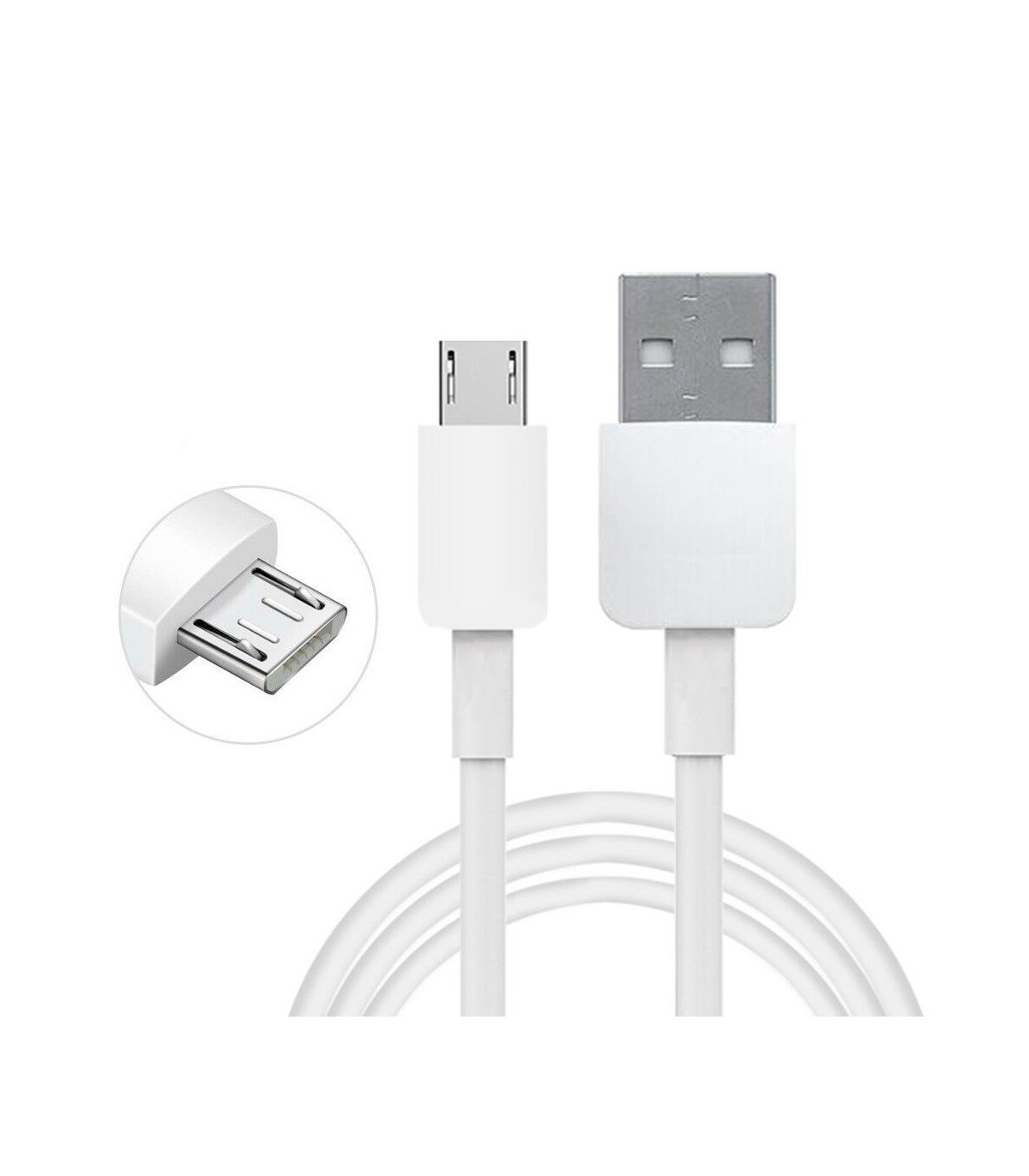

















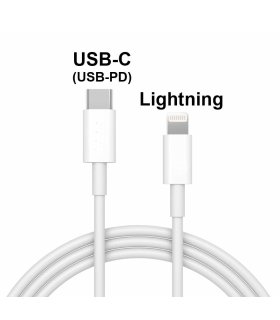


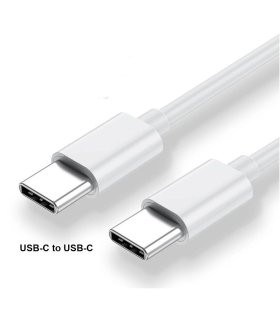

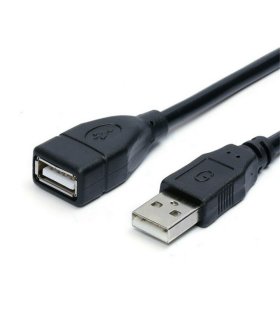

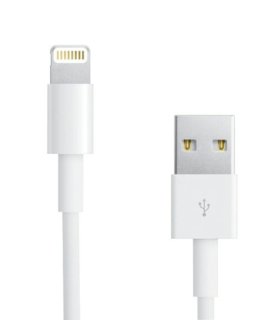

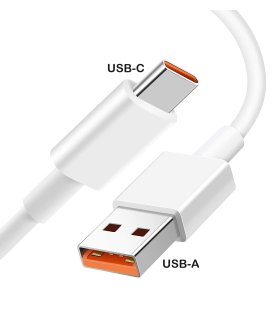

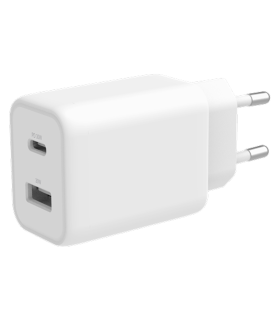

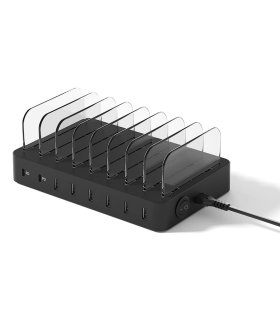

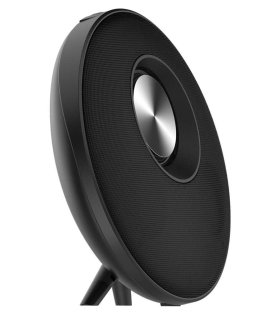


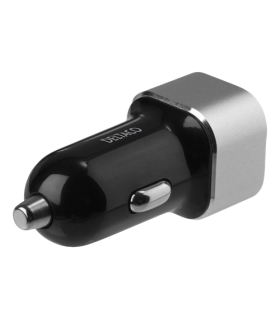








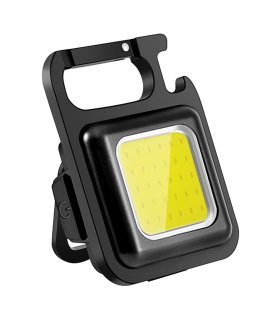

Leave a review